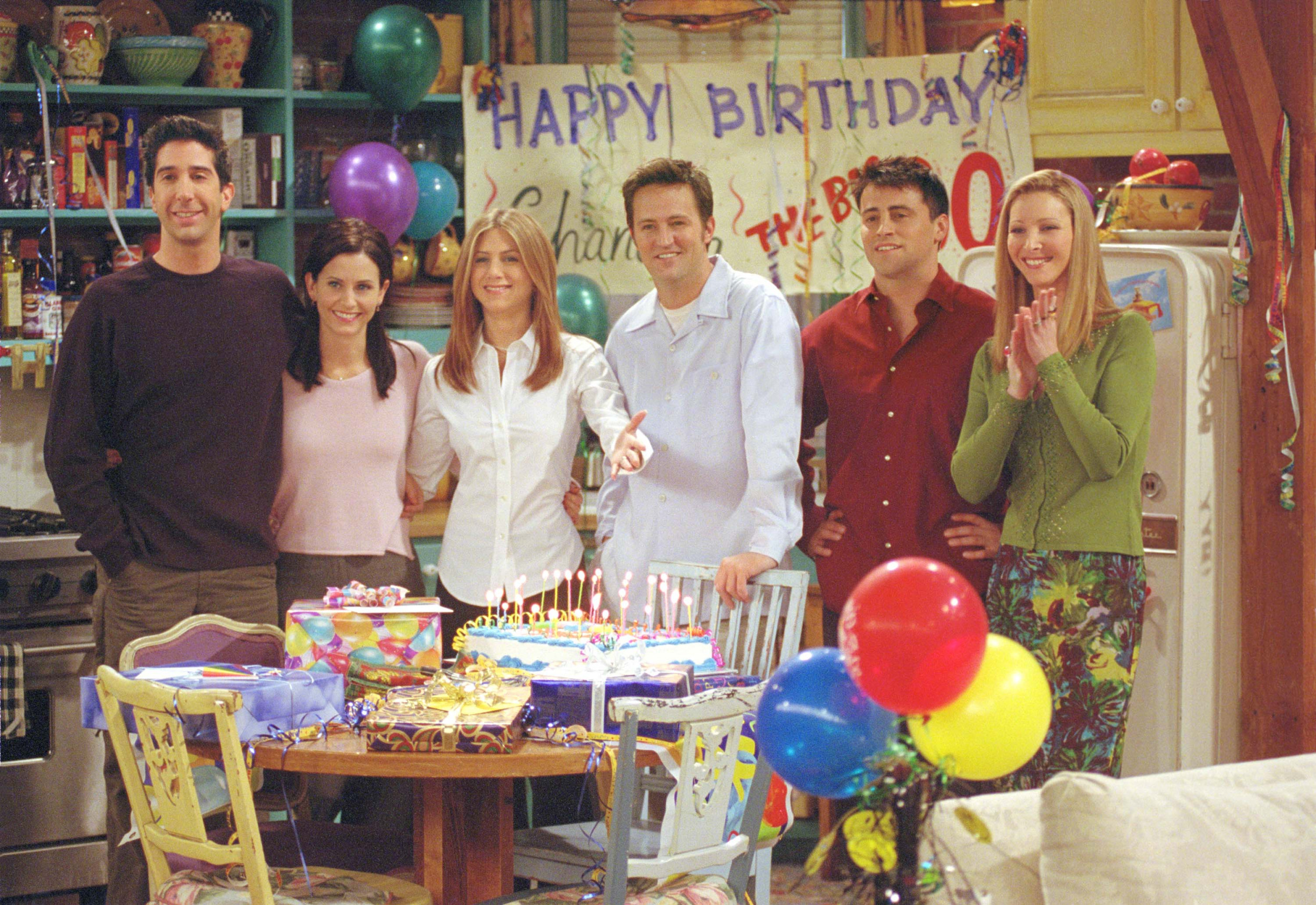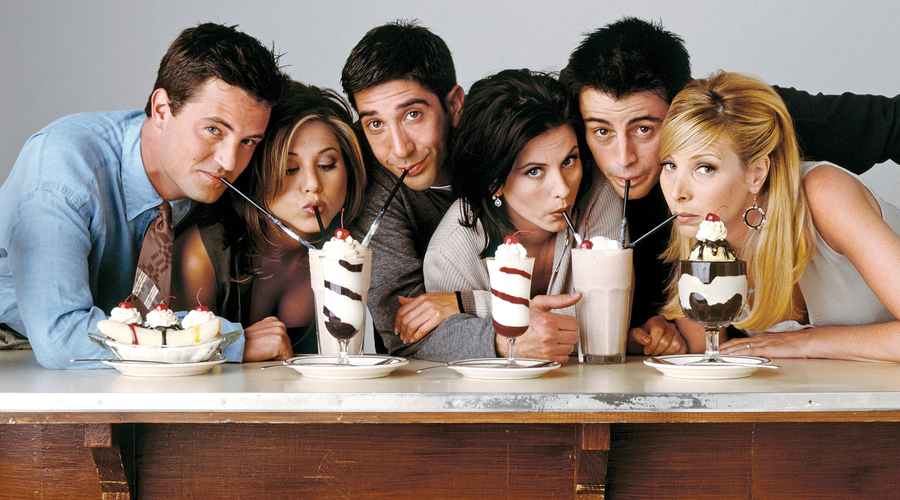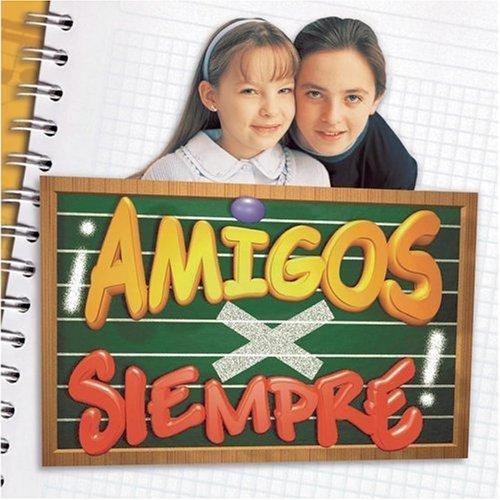
How to Watch 'Friends Forever: 25 Years of Laughter,' CNN Special Report Celebrates TV Show's Anniversary
![Friends Forever [25th Anniversary Ed]: The One About the Episodes | 62976443 - EZ Store | A unique shopping experience for all your entertainment needs Friends Forever [25th Anniversary Ed]: The One About the Episodes | 62976443 - EZ Store | A unique shopping experience for all your entertainment needs](https://ezstorekw.com/wp-content/uploads/2019/12/book1.jpg)
Friends Forever [25th Anniversary Ed]: The One About the Episodes | 62976443 - EZ Store | A unique shopping experience for all your entertainment needs

FRIENDS Forever (Hardcover): The One About the Episodes, Official 25th Anniversary TV Show Book, Central Perk, Friends TV Series | Lazada PH

Friends FOREVER TV Series HD WALLPAPER POSTER ON 24X36 Photographic Paper - Art & Paintings posters in India - Buy art, film, design, movie, music, nature and educational paintings/wallpapers at Flipkart.com

Friends | Friends forever: a show that never fails to bring a smile on its audience's face, cutting across generations - Telegraph India

![Friends Forever [25th Anniversary Ed]: The... by Susman, Gary Friends Forever [25th Anniversary Ed]: The... by Susman, Gary](https://m.media-amazon.com/images/I/910G5dnKadL._UX250_.jpg)






![Friends TV poster [2000 x 3000] in 2023 | Friends best moments, Friends tv, Friends poster Friends TV poster [2000 x 3000] in 2023 | Friends best moments, Friends tv, Friends poster](https://i.pinimg.com/736x/03/c6/d9/03c6d90c30b1cc6a54710e87ec7333b8.jpg)

![Friends Forever [25th Anniversary Ed]: The... by Susman, Gary Friends Forever [25th Anniversary Ed]: The... by Susman, Gary](https://m.media-amazon.com/images/I/718ZBWv2JOL._UX250_.jpg)








